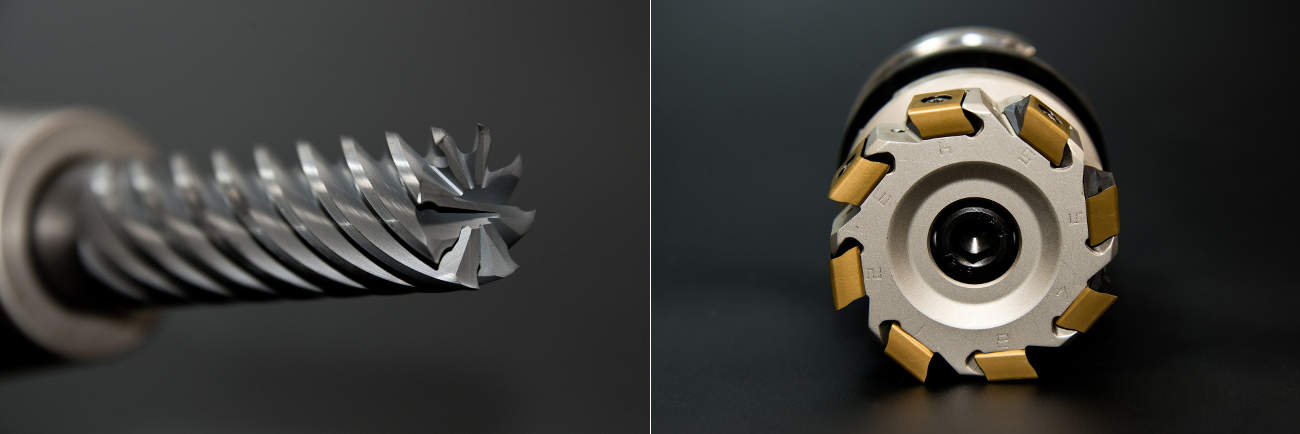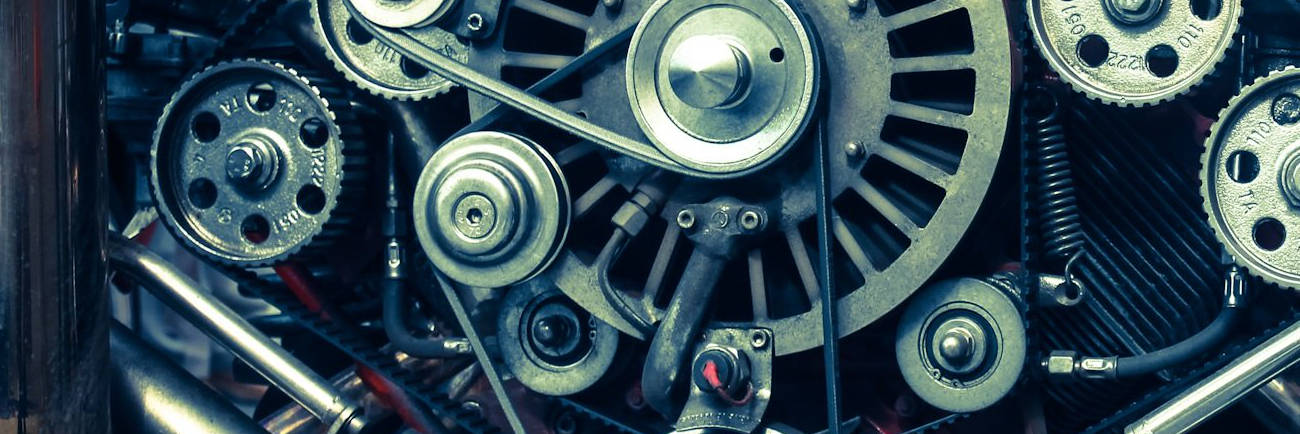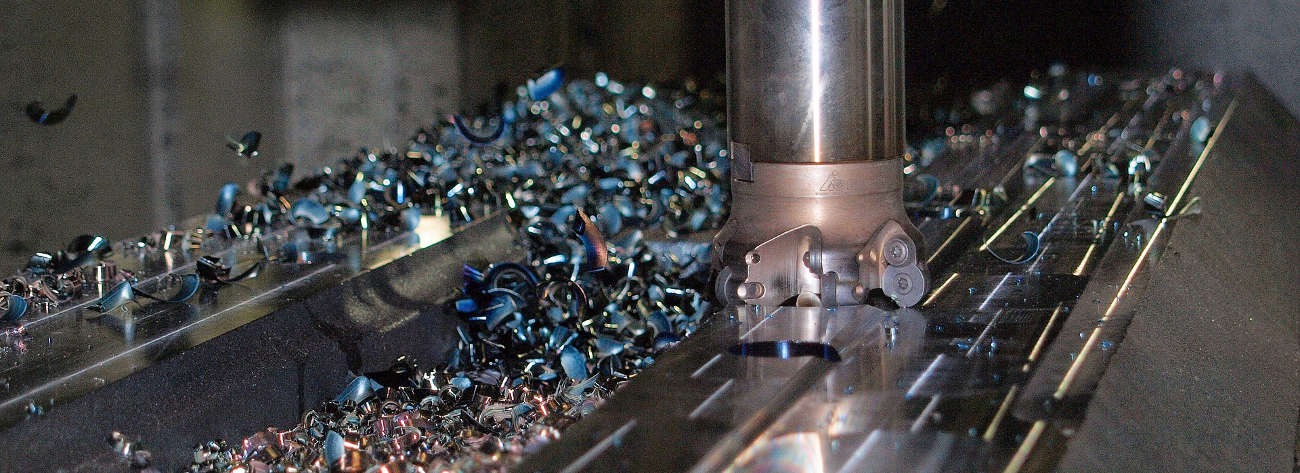Applications of PVD coating in industrial production
In the automotive industry, lubrication of parts in mechanical components in motion is a problem. These are parts like gears, pistons, cams, and bearings. This problem has been brilliantly resolved thanks to PVD coatings. They modify the surface characteristics of the treated parts, lowering friction coefficients and improving the wear resistance.
These technologies are now commonly used in the production of tools, such as drill bits, milling cutters and boring bits. Over the last few years thin PVD (Physical Vapour Deposition) coatings are becoming even more popular for all types of cutting tools. There is diversification and specialization in the coatings used as a function of the specific application, the type of tool, the tool material and the type of material to be machined. This has led to the continuous research for new types of single- and multi-layer PVD coatings.
This article discusses:
- Milling cutters, boring bits and drill bits: wear and oxidation resistance with titanium and aluminium nitride (TiAlN) PVD deposition
- Gears, pistons, cams and bearings: low friction coefficients with molybdenum disulfide (MoS2) PVD coatings
- Bearings, tempered steel, and case-hardened steel: maximum wear resistance with tungsten carbide-carbon (WC-C) PVD coating
- Cutting tools, dies, and precision components: maximum hardness with Diamond Like Carbon (DLC) PVD coating
- Milling cutters and other cutting tools: hardness, corrosion resistance, low friction coefficient, high temperature resistance, and an optimum compromise in application using titanium nitride (TiN)

Milling cutters, boring bits and drill bits: wear and oxidation resistance with titanium and aluminium nitride (TiAlN) PVD deposition
The most interesting news in the industry is the expanding application of coatings specifically designed for high-speed dry machining, like the use of single-and multi-layer coatings based on titanium and aluminium nitride (TiAlN). This provides high wear resistance, resistance to high-temperature oxidation, high-temperature hardness, reduced thermal conductivity, as well as excellent chemical stability.
Ask for an estimate for your needs
Gears, pistons, cams and bearings: low friction coefficients with molybdenum disulfide (MoS2) PVD coatings
These are flanked by PVD coatings based on molybdenum disulfide, MoS2, with its low friction coefficient and self-lubricating properties. This coating is ideal for the moving parts in engines, like pistons, cams, and piston rods. Finally, the diamond-based and DLC (Diamond Like Carbon) coatings provide excellent hardness and a low friction coefficient.
Self-lubricating PVD coatings based on molybdenum disulfide (MoS2) represent a true revolution in the surface coatings industry for mechanical parts in movement, such as gears, pistons, cams, and bearings. These coatings combine very important characteristics:
- Very low friction coefficient (0.05 – 0.1)
- Limited hardness (50 HV)
- Optimum corrosion resistance and heat stability (up to 800 °C)
- Low temperature treatment (150 °C)
- Minimum coating thickness (0.5 – 1 μm)

Bearings, tempered steel, and case-hardened steel: maximum wear resistance with tungsten carbide-carbon (WC-C) PVD coating
WC-C, tungsten carbide-carbon, consists of an amorphous carbon phase inserted in a base deposit of tungsten carbide.
The characteristics of the tungsten carbide-carbon PVD coating are recommended for coating gears, mainly due to the increase in wear resistance, resistance to pitting, and the load capacity of the gears. These coatings are used in textile machines, in machine tools (for example for coating the bearings of high speed spindles), and for the mechanical components of racing and commercial vehicles.
The main advantages of the tungsten carbide-carbon PVD coating process are:
- Hardness of the coating is not excessive (approx. 1000 HV)
- Low friction coefficient (0.2)
- Coating temperature not very high (approx. 250 °C)
- This technique can be used to coat tempered steals, case-hardened steel, and STD steels for bearings.

Cutting tools, dies, and precision components: maximum hardness with Diamond Like Carbon (DLC) PVD coating
Diamond Like Carbon coatings include a group of PVD coatings that have properties similar to those of natural diamonds. The most important difference with a diamond is that the microstructure of the DLC coatings can be either amorphous or polycrystalline, with a hydrogen content that varies in percentage, while the natural diamond is crystalline and consists of pure carbon. To produce DLC coatings with the PVD process, usually an arc discharge is used to generate pure carbon plasma.
The main advantages of the PVD-DLC process are:
- Very high hardness
- Very low friction coefficient
- Low deposition temperature
- Amorphous film structure without hydrogen content
- Good adhesion and high speed deposition
- High density – only slightly less than that of diamond
PVD-DLC coatings are performed at very low temperatures (less than 150 °C). This makes it possible to coat polymers as well as aluminium alloys and all types of steel. The thickness of the coating can vary from 0.1 to 5 μm. Applications vary greatly in a number of industrial fields, such as precision components and tooling. In the cutting tool and die industry, DLC coatings are used to increase the surface hardness, reduce the friction coefficient, and increase the tool life.

Milling cutters and other cutting tools: hardness, corrosion resistance, low friction coefficient, high temperature resistance, and an optimum compromise in application using titanium nitride (TiN)
Titanium nitride is the most popular PVD coating used in industry.
In applications on tools, TiN films are used for their refractory characteristics, as thermal barriers for the dissipation of the heat developed during machining. TiN coatings significantly reduce the friction forces between the tool and the material processed, limiting the physical-chemical interactions between the tool and the chip. This reduces phenomena such as built-up edge and material sticking to the cutting edges. The high hardness of TiN reduces pitting phenomena and limits abrasion and wear.
The overall effect of TiN coatings on tools and dies translates into a series of advantages:
- Increased tool life
- Improved quality of the surfaces machined
- Increased productivity for the machine tool
Another evolution in titanium and aluminium (Ti-AL) PVD coatings is represented by titanium and aluminium carbonitrides: these are “quaternary” coatings based on Titanium, Aluminium, Carbon, Nitrogen (Ti-Al-C-N) and represent the latest generation of PVD coatings. These types of deposits, developed with cathode arc PVD, sum up very important characteristics like high abrasion resistance and high hardness (due to the presence of the TiCN phase), as well as high oxidation resistance and thermal stability (due to the presence of the TiAlN phase).
Ask for an estimate for your needs



